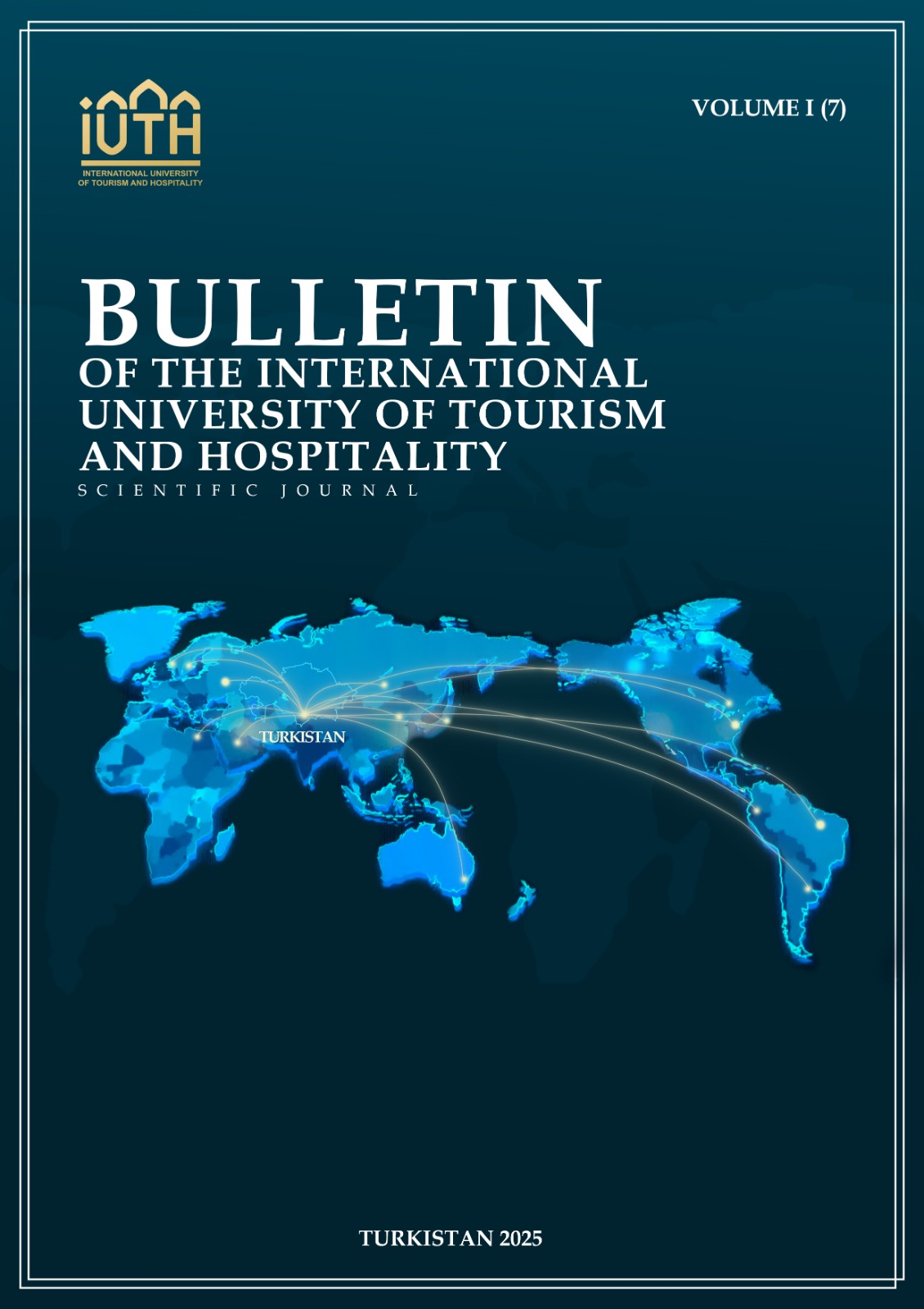CROSS-CULTURAL CULINARY CONCEPTS: THE INFLUENCE OF TRADITIONAL CUISINES ON CONTEMPORARY GASTRONOMIC ART
Keywords:
Kazakhstan, cross-cultural influence, gastronomy, culinary art, Silk Road, ethnocultural traditions, Turkic cuisine, gastronomic tourismAbstract
This article analyzes the cross-cultural influences on the culinary art of Kazakhstan as a reflection of historical, geographical, and ethnocultural factors. Located at the crossroads of Europe and Asia and formerly part of the Great Silk Road, Kazakhstan has become a space of active cultural exchange, which is reflected in its gastronomic sphere. The key sources of influence examined include Chinese, Persian, Indian, and Arab culinary traditions, as well as the contributions of Turkic and nomadic peoples. Examples of the adoption of ingredients (tea, rice, nuts, dried fruits) and cooking methods that have been organically integrated into local gastronomy are analyzed. Particular attention is given to the role of animal husbandry and the nomadic lifestyle, which predetermined the dominance of meat and dairy products in Kazakh cuisine. The current state of gastronomic tourism is also considered as a tool for intercultural dialogue and the preservation of cultural heritage. The study shows that Kazakh cuisine represents an interweaving of multilayered ethno-culinary and external influences, making it not only unique but also promising in the global gastronomic context.


